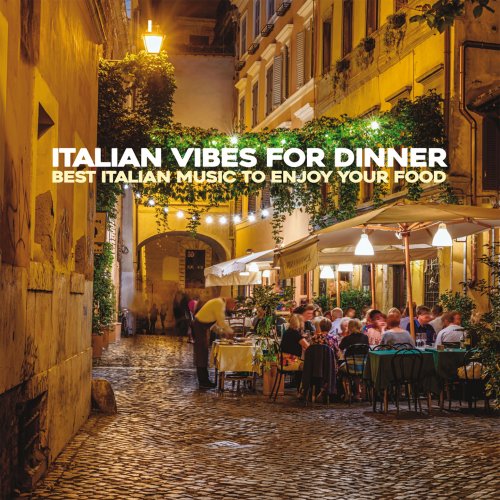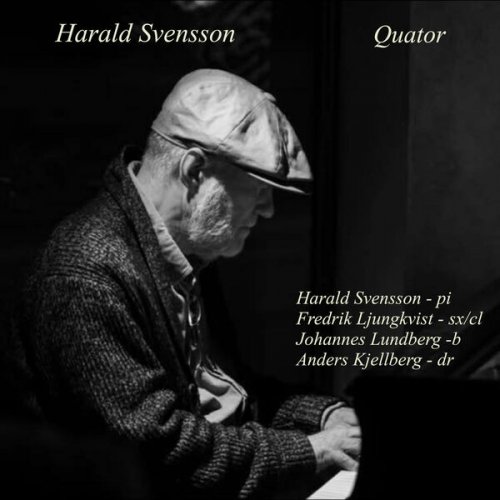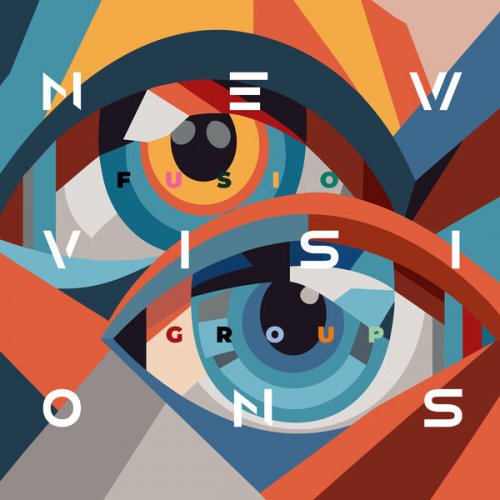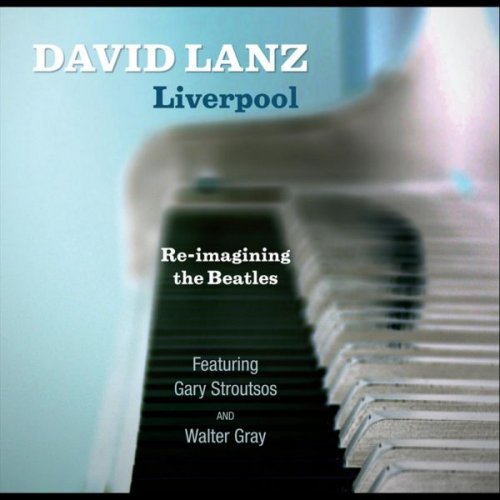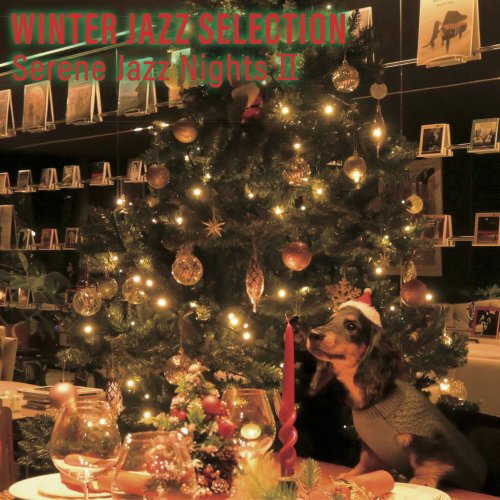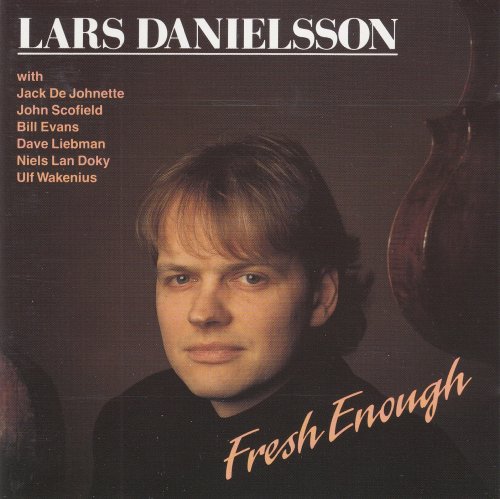Sväng - Plays Sibelius (2015)
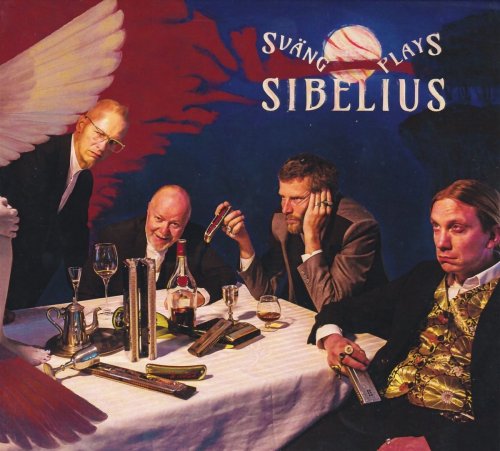
Artist: Sväng
Title: Plays Sibelius
Year Of Release: 2015
Label: Jumi-tuotanto Oy / JUMI009
Genre: Folk, Classical
Quality: FLAC (tracks+.cue)
Total Time: 46:19
Total Size: 273 MB
WebSite: Album Preview
Tracklist:Title: Plays Sibelius
Year Of Release: 2015
Label: Jumi-tuotanto Oy / JUMI009
Genre: Folk, Classical
Quality: FLAC (tracks+.cue)
Total Time: 46:19
Total Size: 273 MB
WebSite: Album Preview
1. Karelia Suite, op 11: Intermezzo
2. Karelia Suite, op 11: Ballade
3. Karelia Suite, op 11: Alla marcia
4. Andante Festivo
5. Venematka
6. Souda souda sinisorsa
7. Impromptu
8. Valse triste
9. Lemminkäisen kotiinpaluu
10. Jääkärien marssi
Year 2015 is the 150th birthday of Jean Sibelius. Sibelius is the most remarkable classical composer from Finland. The meaning of his music for Finnish people is much more than only music.
Sibelius was born in 1865 the time when Finland was still a part of the Russian empire. Finland separated from Russia and got independent only year 1917, the same year as Russian revolution took place.
Sibelius and some other artists of the time like painters Albert Edelfelt and Akseli Gallen-Kallela, writers Eino Leino and Juhani Aho and architect Eliel Saarinen had important part in building of the Finnish identity in the end of 19th and beginning of 20th century. In the beginning of 19th century Elias Lönnrot collected huge collection of folk poems to form the national epic Kalevala. Gallen-Kallela and Edelfelt were painting themes from Kalevala and creating the image of Finnish nature and people. Sibelius was the one to create musical expression of the same themes. Later the artists of this era were called “national romantic” because of their mission to create identity to Finnish people, who had been hundreds of years under the Swedish empire and later a hundred years part of Russian.
From this historical perspective the meaning of Sibelius’ music has become kind of common knowledge for Finnish folks. Lot of his music has appeared in important situations of Finland’s history. Some of his compositions have appeared in movies also. Any Finn knows at least one Sibelius’ composition, Finlandia.
Why Sväng wants to play Sibelius’ music then? Because we love his music, and we want to show people that you can play master’s music also with harmonicas without making a joke of it. We want to make our versions, include a bit of Svänging attitude to the music, but still honour the composer’s great work.
Challenges of playing Sibelius with four harmonicas are quite big. We don’t want to split his works or steal only the best known parts out of the symphonies. No, we want to make it decent. Eero Grundström and Jouko Kyhälä have earlier experience of arranging classical music for Sväng from the project “Sväng plays Chopin” (2010). This time the challenge was just much bigger: Chopin’s music was mainly piano scores or small orchestrations. Now they had to tear open whole orchestral partitures and find the essence of the big orchestral works. Finally it came out quite naturally; it sounds like the music is natural repertuar of Sväng, but behind the scenes there is hundreds of hours of arranging, and tens of meters of new score to read.
When we chose the music to arrange Sväng had different approaches. Some of the music is simple songs or choral pieces that are fascinating because of their pure sense of melody. Some of the music is huge orchestral pieces that were just too great temptation to avoid: we love this great music… would it be possible to do transform this for Sväng? And finally the answer was: yes, it is.
From the orchestral works Sväng chose Lemminkäinen’s return (part of Lemminkäinen-suite, based on Kalevala), three parts of Karelia-suite (Karelia is the eastern part of Finland where lot of Finnish folk culture is originated), Valse triste, Andante festivo and Impromptu.
Vocal works that Sväng performs as instrumental are beautiful song Souda, souda sinisorsa, choral piece Venematka and a bit humoristique March of the Jäger’s.
Sibelius was born in 1865 the time when Finland was still a part of the Russian empire. Finland separated from Russia and got independent only year 1917, the same year as Russian revolution took place.
Sibelius and some other artists of the time like painters Albert Edelfelt and Akseli Gallen-Kallela, writers Eino Leino and Juhani Aho and architect Eliel Saarinen had important part in building of the Finnish identity in the end of 19th and beginning of 20th century. In the beginning of 19th century Elias Lönnrot collected huge collection of folk poems to form the national epic Kalevala. Gallen-Kallela and Edelfelt were painting themes from Kalevala and creating the image of Finnish nature and people. Sibelius was the one to create musical expression of the same themes. Later the artists of this era were called “national romantic” because of their mission to create identity to Finnish people, who had been hundreds of years under the Swedish empire and later a hundred years part of Russian.
From this historical perspective the meaning of Sibelius’ music has become kind of common knowledge for Finnish folks. Lot of his music has appeared in important situations of Finland’s history. Some of his compositions have appeared in movies also. Any Finn knows at least one Sibelius’ composition, Finlandia.
Why Sväng wants to play Sibelius’ music then? Because we love his music, and we want to show people that you can play master’s music also with harmonicas without making a joke of it. We want to make our versions, include a bit of Svänging attitude to the music, but still honour the composer’s great work.
Challenges of playing Sibelius with four harmonicas are quite big. We don’t want to split his works or steal only the best known parts out of the symphonies. No, we want to make it decent. Eero Grundström and Jouko Kyhälä have earlier experience of arranging classical music for Sväng from the project “Sväng plays Chopin” (2010). This time the challenge was just much bigger: Chopin’s music was mainly piano scores or small orchestrations. Now they had to tear open whole orchestral partitures and find the essence of the big orchestral works. Finally it came out quite naturally; it sounds like the music is natural repertuar of Sväng, but behind the scenes there is hundreds of hours of arranging, and tens of meters of new score to read.
When we chose the music to arrange Sväng had different approaches. Some of the music is simple songs or choral pieces that are fascinating because of their pure sense of melody. Some of the music is huge orchestral pieces that were just too great temptation to avoid: we love this great music… would it be possible to do transform this for Sväng? And finally the answer was: yes, it is.
From the orchestral works Sväng chose Lemminkäinen’s return (part of Lemminkäinen-suite, based on Kalevala), three parts of Karelia-suite (Karelia is the eastern part of Finland where lot of Finnish folk culture is originated), Valse triste, Andante festivo and Impromptu.
Vocal works that Sväng performs as instrumental are beautiful song Souda, souda sinisorsa, choral piece Venematka and a bit humoristique March of the Jäger’s.
Download Link Isra.Cloud
Sväng - Sväng Plays Sibelius FLAC.rar - 273.4 MB
Sväng - Sväng Plays Sibelius FLAC.rar - 273.4 MB

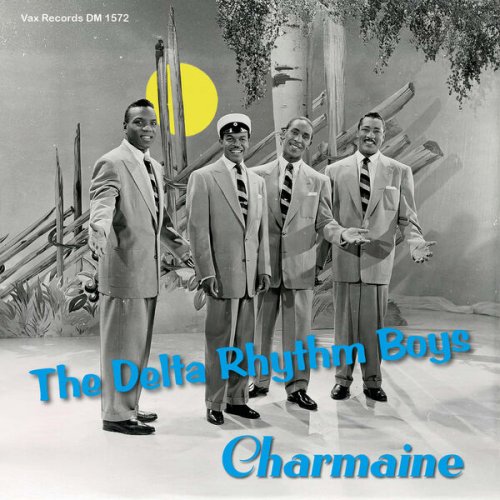
![Betty Carter - The Music Never Stops (2019) [Hi-Res] Betty Carter - The Music Never Stops (2019) [Hi-Res]](https://www.dibpic.com/uploads/posts/2025-12/1765896843_bcmn500.jpg)
